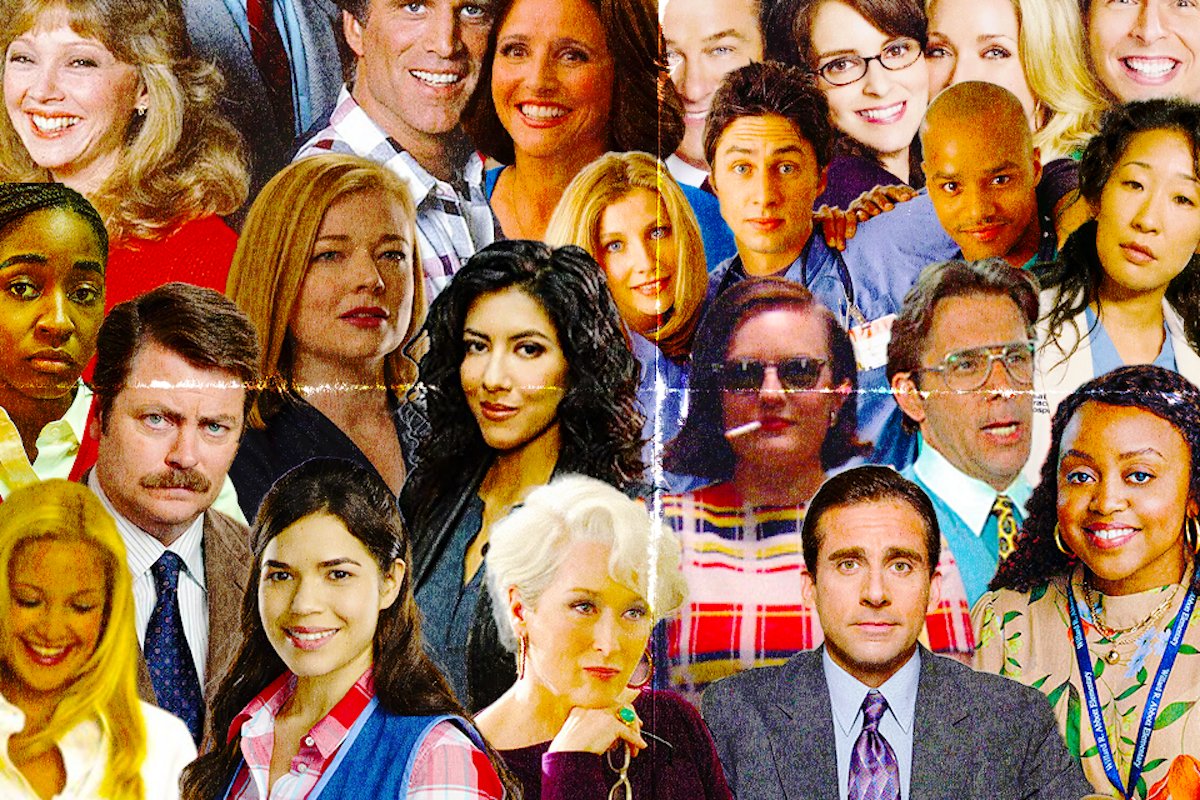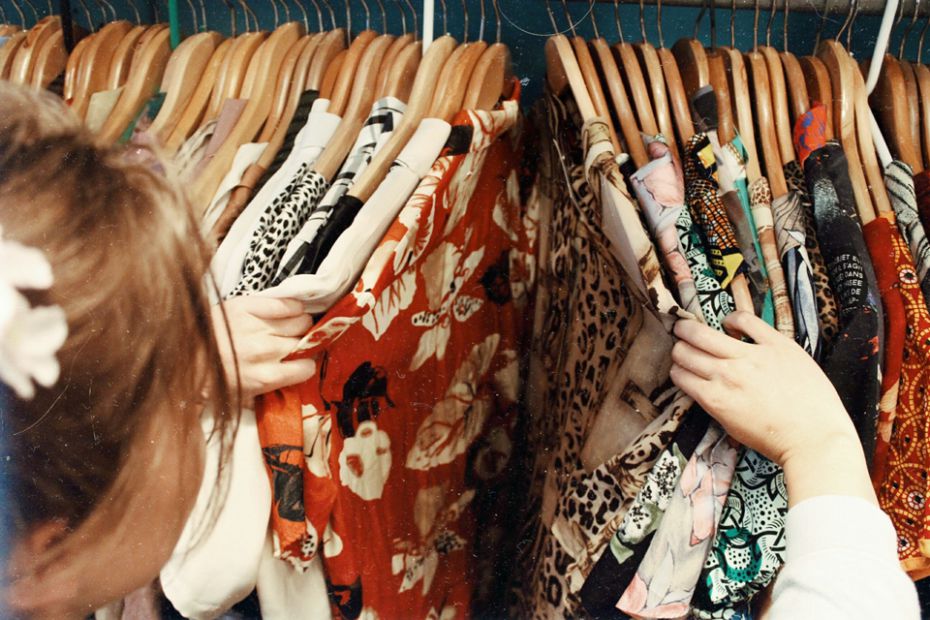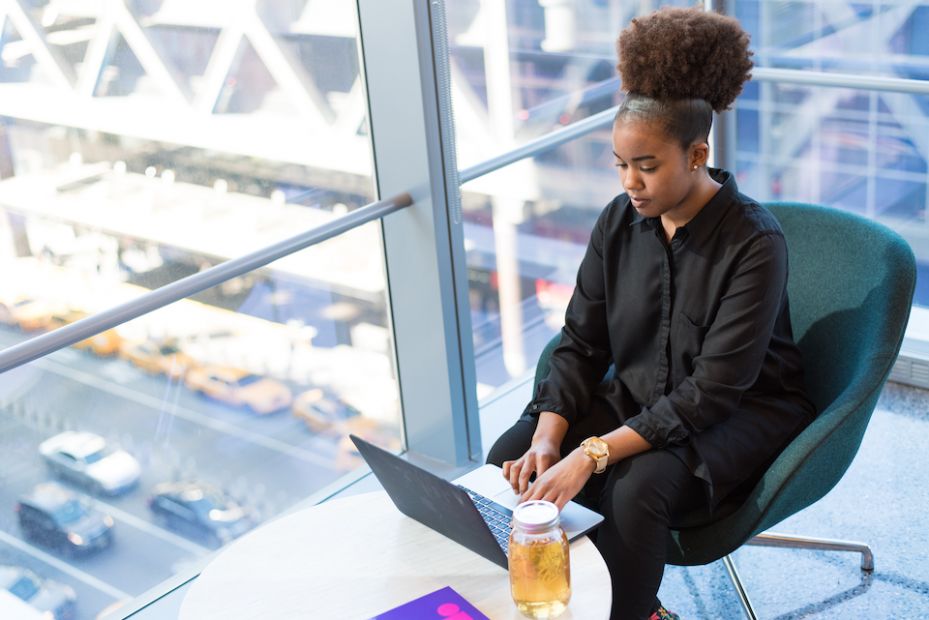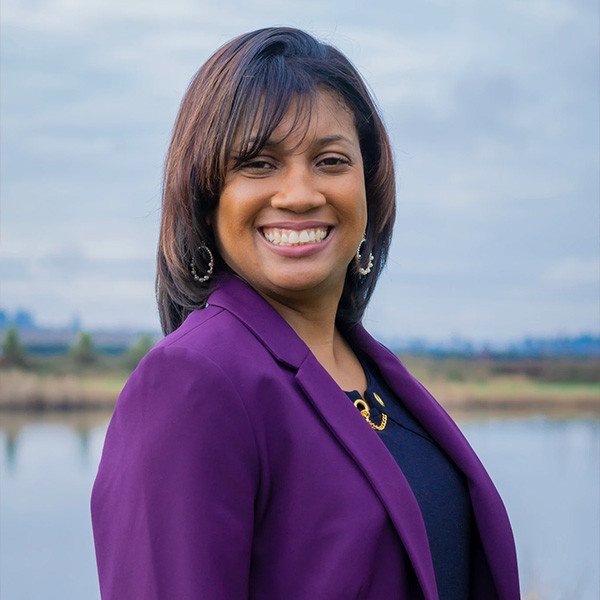Who is checking on us?
I was watching the CNN special titled “
Mayors Who Matter: A Town Hall on Race and COVID-19.” As we navigate the ominous presence of institutional racism and COVID-19, we’re forced to look at the response of our local leaders. It’s a pivotal moment in history when we can point to four Black women mayors who are all leading major metropolitan cities: Mayor Keisha Lance Bottoms of Atlanta, Mayor Muriel Bowser of Washington, D.C., Mayor London Breed of San Francisco, and Mayor Lori Lightfoot of Chicago.
As all four women talked about the unique challenges of responding to COVID-19 and the protests surrounding George Floyd’s death, I was fascinated by a statement made by Mayor Keisha Bottoms in which I believe encapsulated the sentiments of most high profile Black woman leaders, as well as the complexities of our lived experiences. In response to the recent death of Rashard Brooks, an unarmed Black man in Atlanta, Georgia, Mayor Keisha Bottoms said, “People are looking at us to lead but when things continue to happen over and over again, we’re asking ourselves the same question over and over again, how do we continue to lead during this time?” Mayor Keisha Bottoms also addressed how difficult it is to put aside her own anger and sadness as a Black woman leader and lead her own community during racial and civil unrest.
Portraying Strength + Concealing Trauma
Her comment struck me for many reasons—but as a Black woman leader, this comment elucidated the ever-resounding reality that expressing one’s humanity and vulnerability is often denied to Black women. “
Black women are required to respond to life’s hardships by portraying strength and concealing trauma.” For many Black women, we were raised with examples of self-sacrificing Black mothers and grandmothers who managed working full-time, child-rearing, and caretaking—oftentimes at the expense of their own emotional, physical, and psychological health.
How are we ensuring Black lives matter and are retained in our workplace? How do we ensure they feel included? Please check on your Black employees—but let’s not neglect to check in on those who are often overlooked—Black women leaders.
Mayor Keisha Bottoms’s statement embodied this constant struggle that many Black women leaders are navigating in this contemporary time. As we watch and become exposed to America’s continued devaluing and criminalizing of Black lives, we—as Black woman—cannot emotionally distance ourselves from this reality, or the trauma that this reality may be causing in our own life.
We’re not able to contend with our feelings of depression, sadness, or anger while also navigating the demanding and daily responsibilities of leading our own organizations. America has been implored to pay attention to how psychologically taxing these events can be for Black employees. White employees and non-Black people of color employees are now “checking in” with their Black colleagues. “Checking in” can come in the form of verbal acknowledgment of the presence of racial injustice, and/or letting your colleagues know you’re there to support them if needed.
Why You Need to Check In
When you check in on your Black colleagues, you acknowledge their humanity, and see them as an individual who is deeply impacted by external events. Checking in means you separate the person from the profession and see them as people who are not passive recipients to America’s dehumanizing treatment of Black lives.
When people are given the directive to check in on their Black employees, most people believe this involves checking in on those who are most closely connected to their employment position or work, or this could be Black colleagues who directly report to them. Given that society often views checking in as something that must be a “top to bottom” approach, we often depend on our leaders or managers to do the emotional work of checking in on their employees.
But what happens if the manager or leader is a Black woman in an executive position? Whose responsibility is it to check in on her? How does she manage the grief and trauma that results from everyday racism while also managing the expectation and pressure to always be leading in the face of adversity?
When do Black women leaders get to be vulnerable and when do they get to take a mental and psychological break from their roles in order to pay attention to their own needs and humanity?
This is a penalty for Black women. They must navigate both gender and racial discrimination with little to no physical or emotional outlets. Black women leaders must also navigate pressures to be self-sacrificing. Black women leaders are constantly over-performing in their job to avoid being labeled as “lazy” and to be seen as deserving of their current stature. There is no opportunity for rest or reflection for Black woman leaders.
Checking in on Black women leaders is especially important in predominately white workspaces, where instances of
everyday microaggressions and tokenism are most common. While resources like employee resource groups and on-site counseling and mental health support may exist for people of color in the workplace, a Black woman in a top leadership role will likely not attend out of fear of being judged.
The Bidirectionality of Compassion
I know checking in on your manager can feel very strange. Many employees expect managers to be the ones extending the care and support—but we need to see
empathy and compassion as bidirectional. As your managers extend care to you as you navigate trauma in your life, you can still extend that same grace as an employee.
How radical would it be if we asked Black woman leaders how
we can support them or we wrote them an email or card about how their work is admired and appreciated? How radical would if we extended help and support to Black woman leaders as they navigate work projects and racial trauma?
We must remain committed to social justice and making Black lives matter in America. Let’s not forget that this charge starts in our own backyard. How are we ensuring Black Lives Matter and are retained in our workplace? How do we ensure they feel included?
Please check on your Black employees—but let’s not neglect to check in on those who are often overlooked—Black women leaders.











